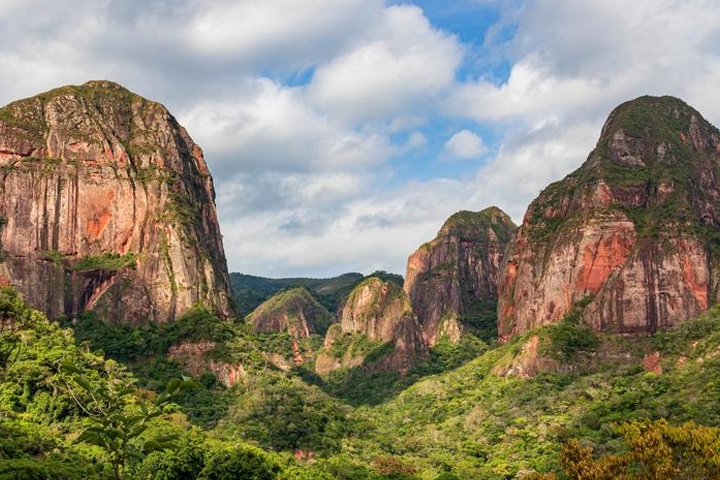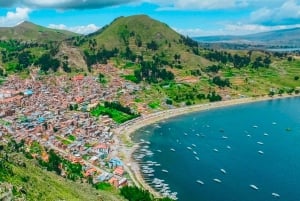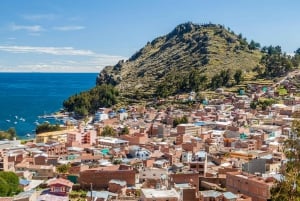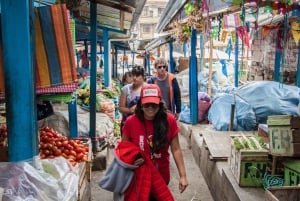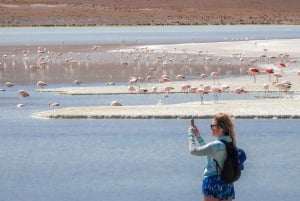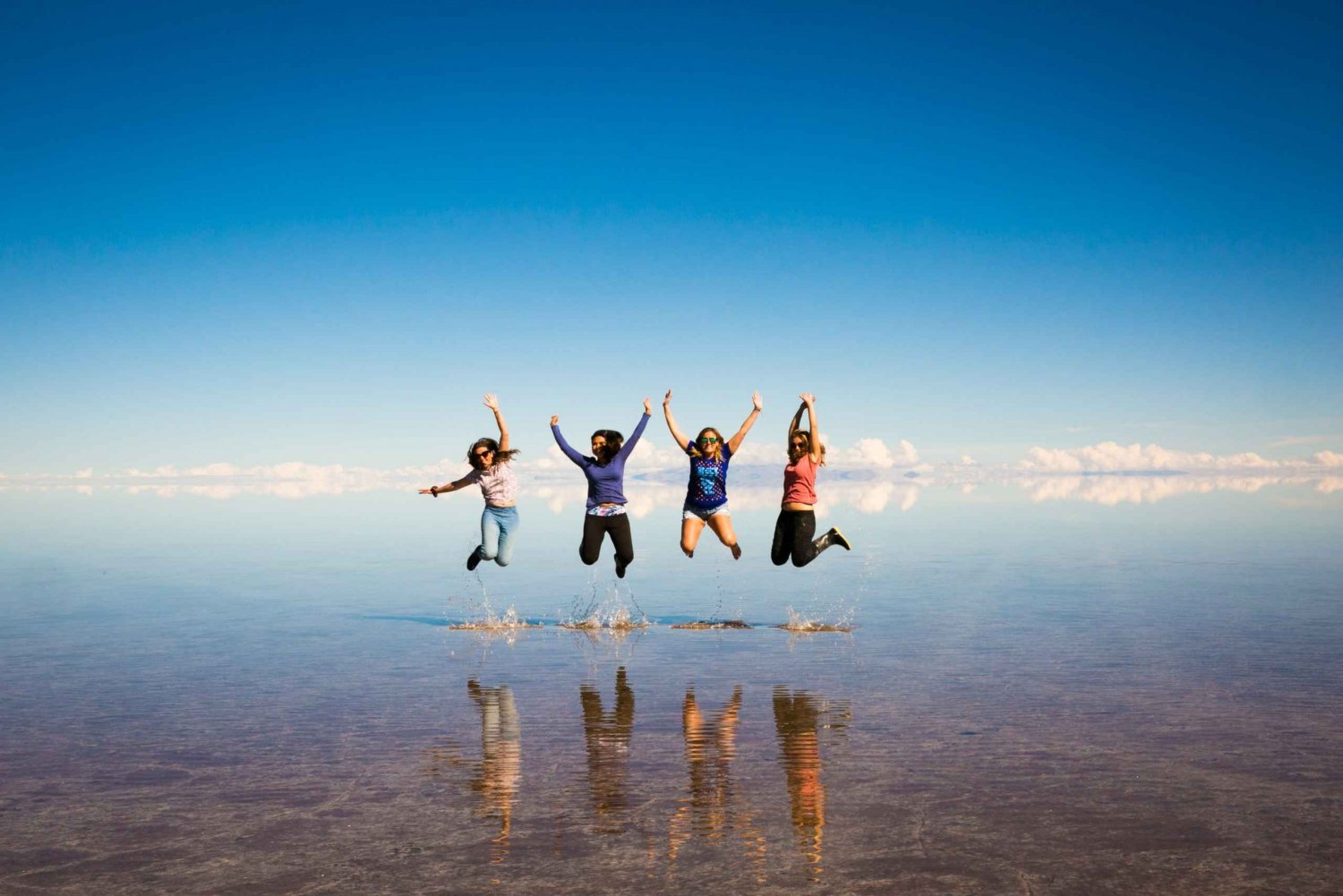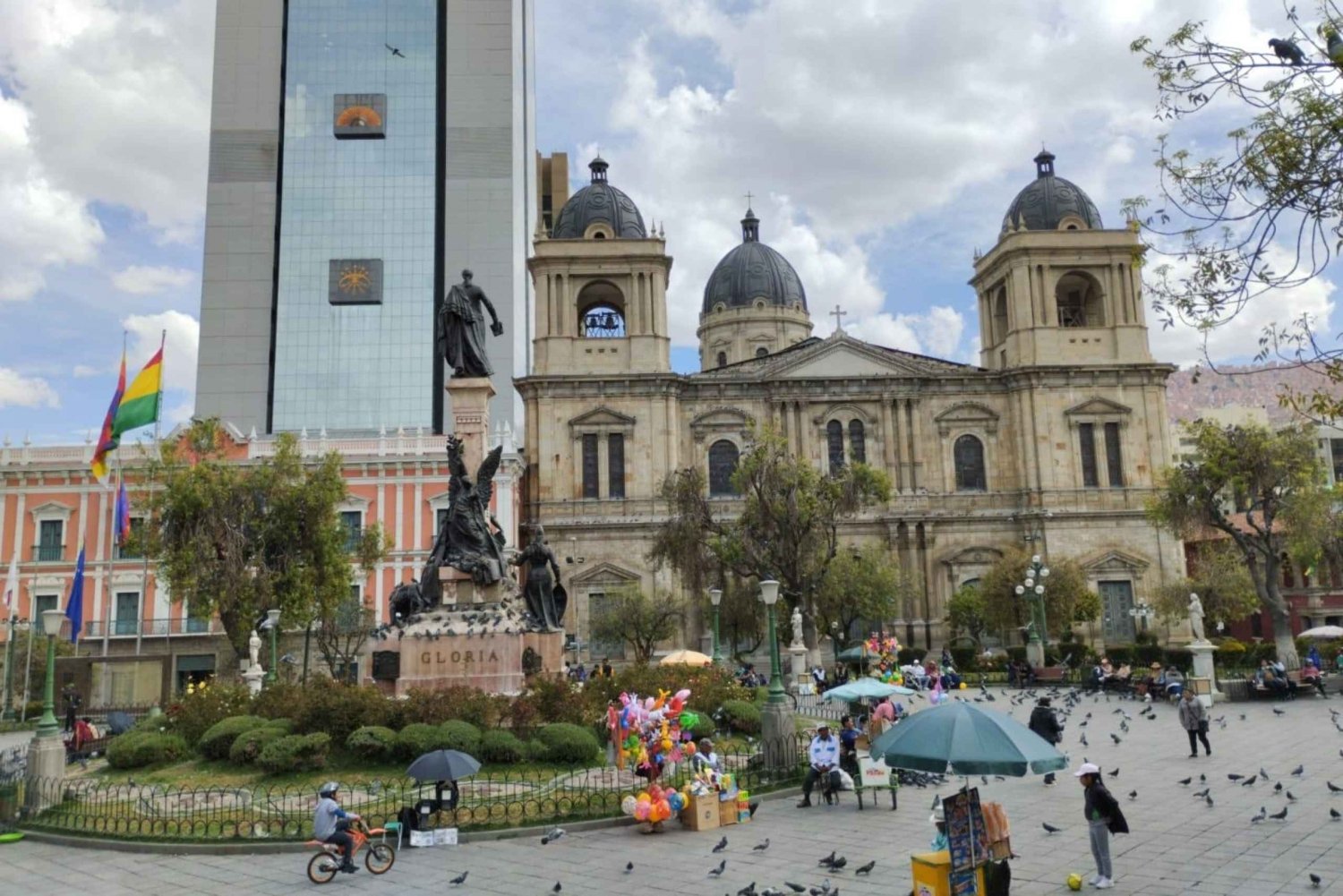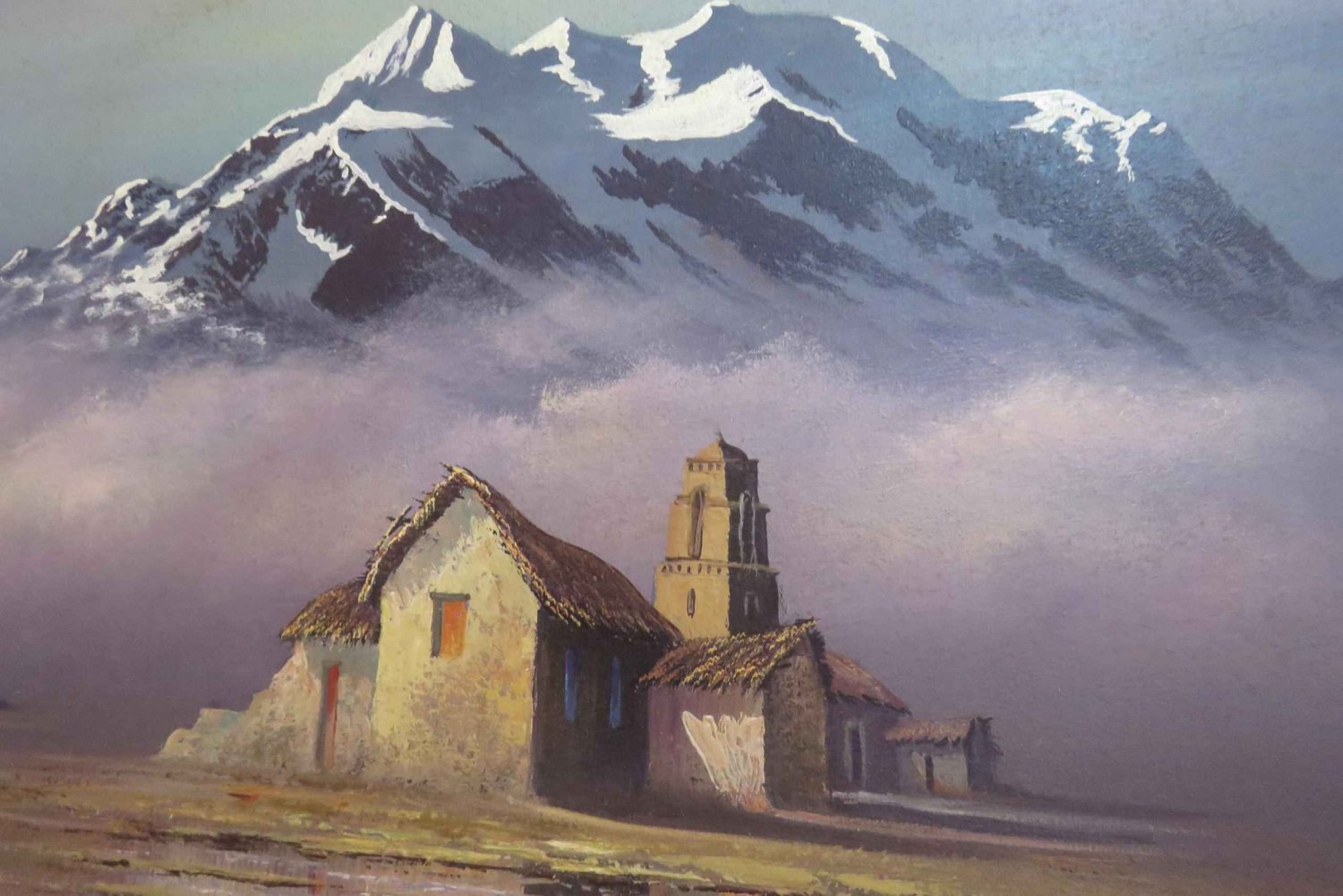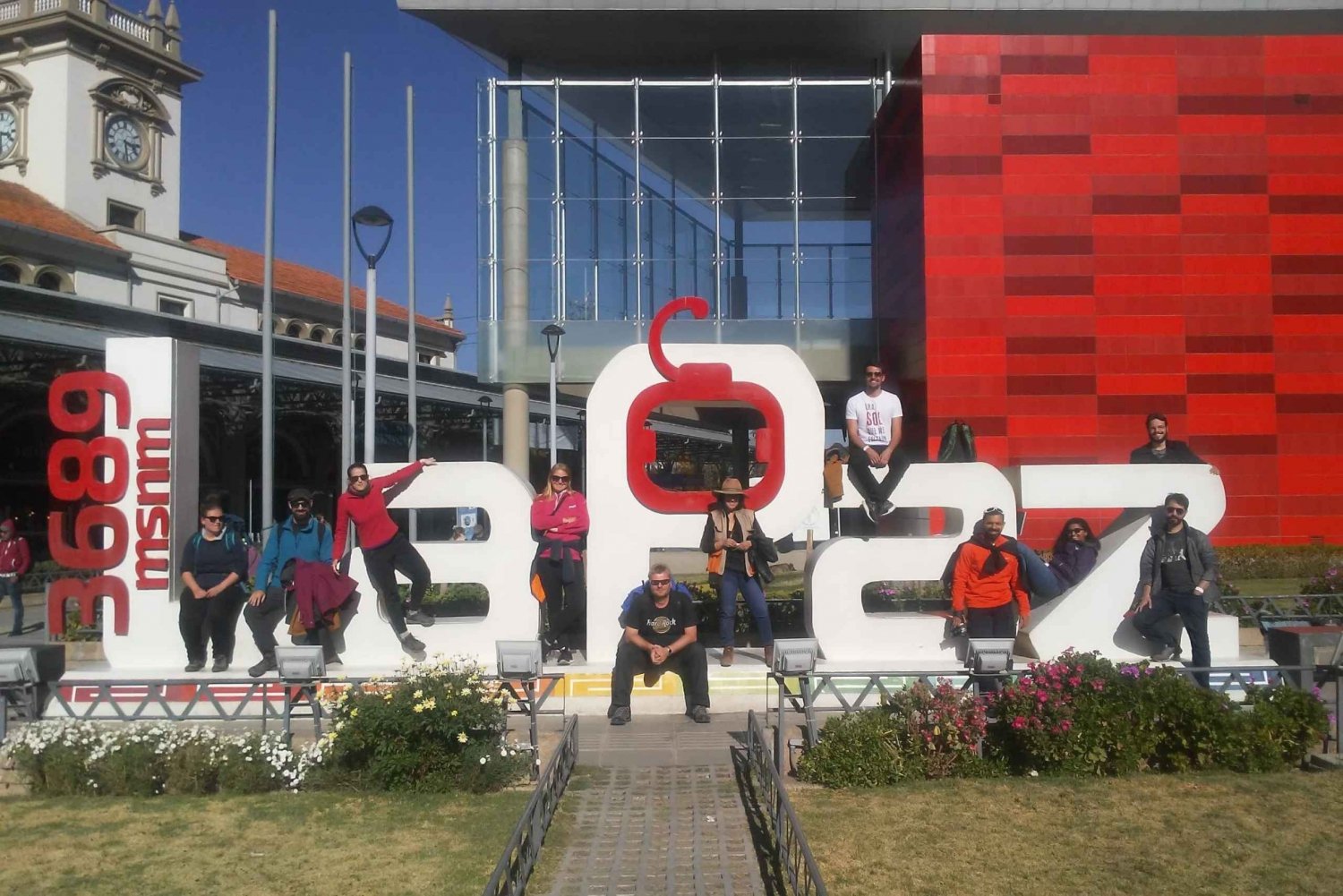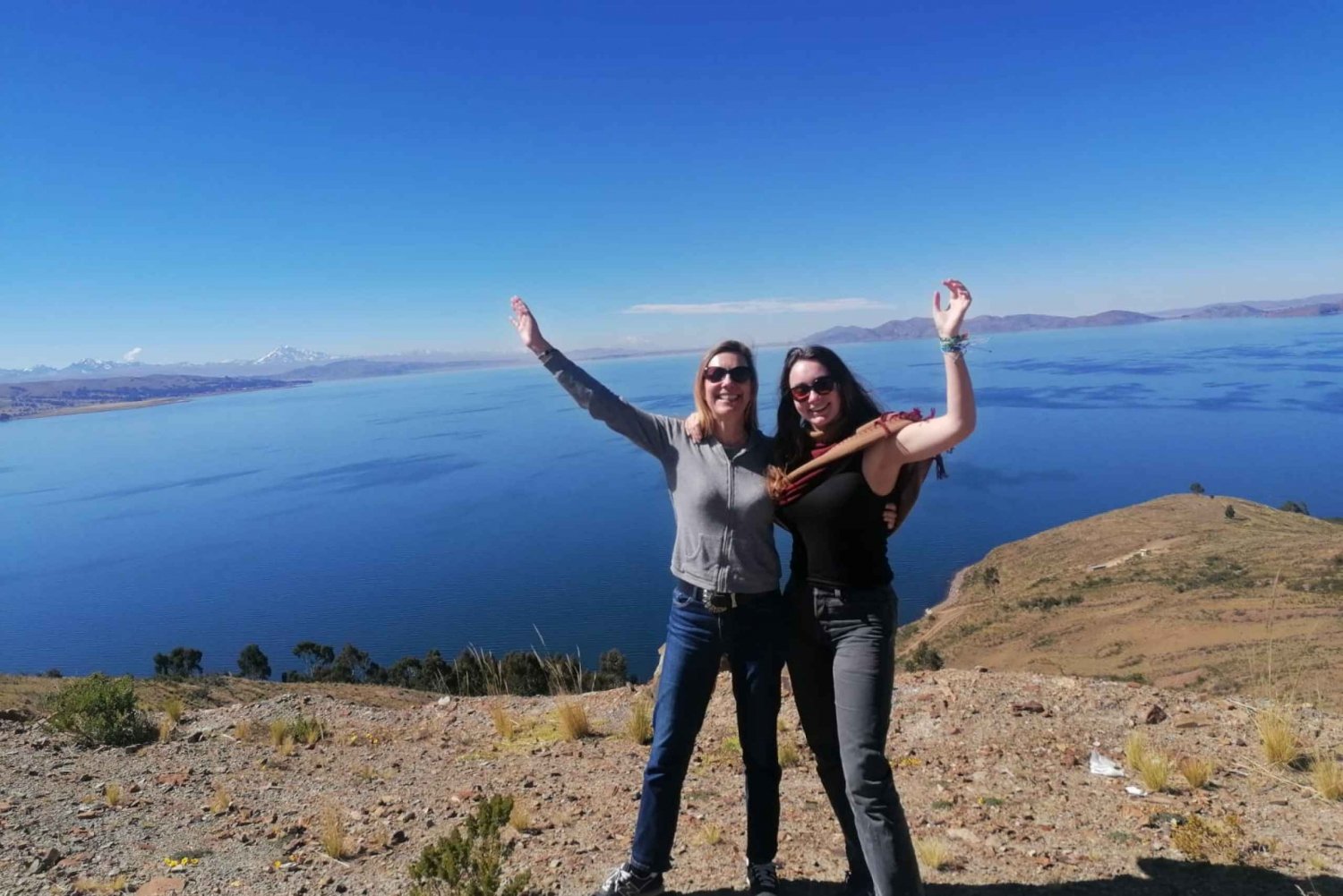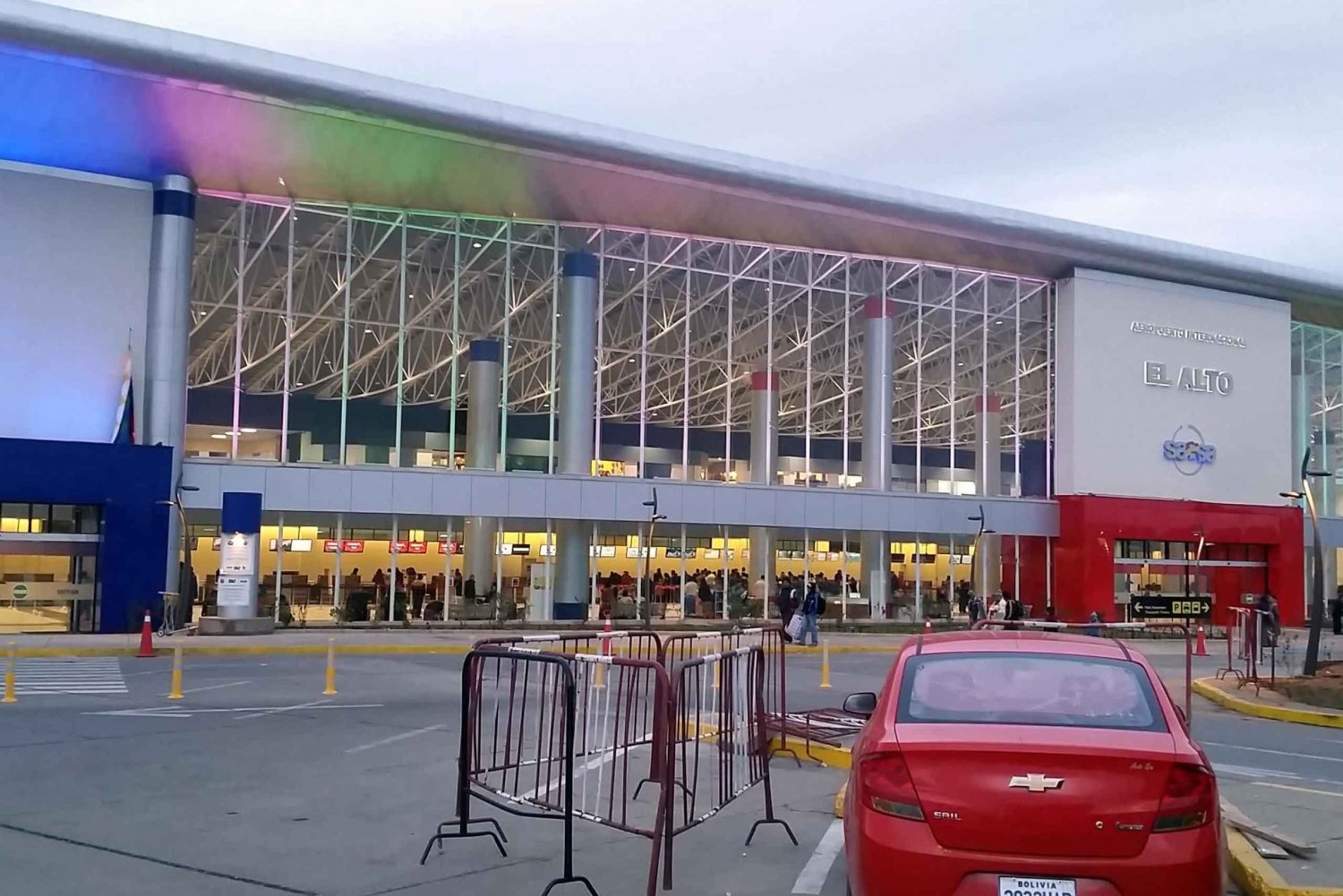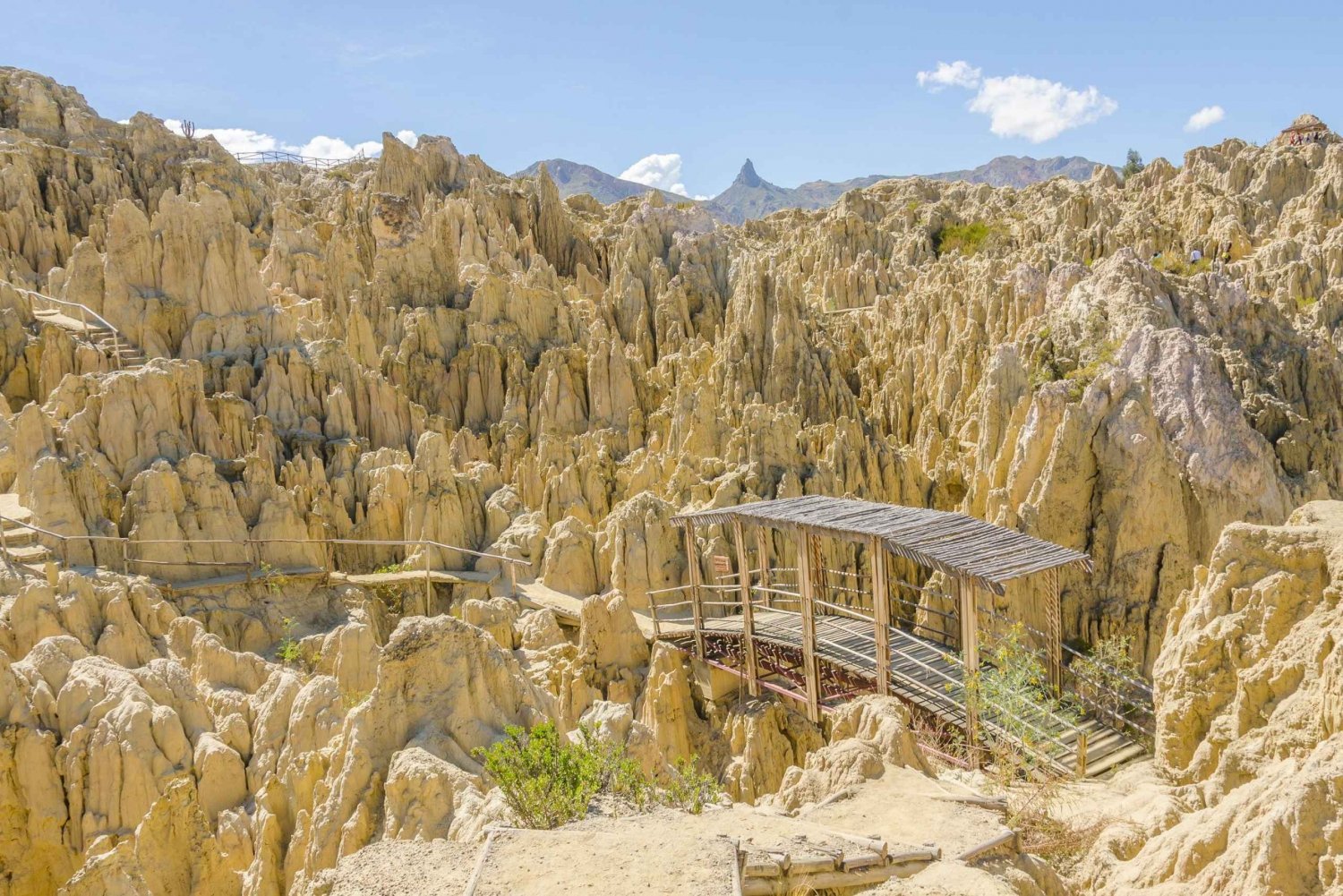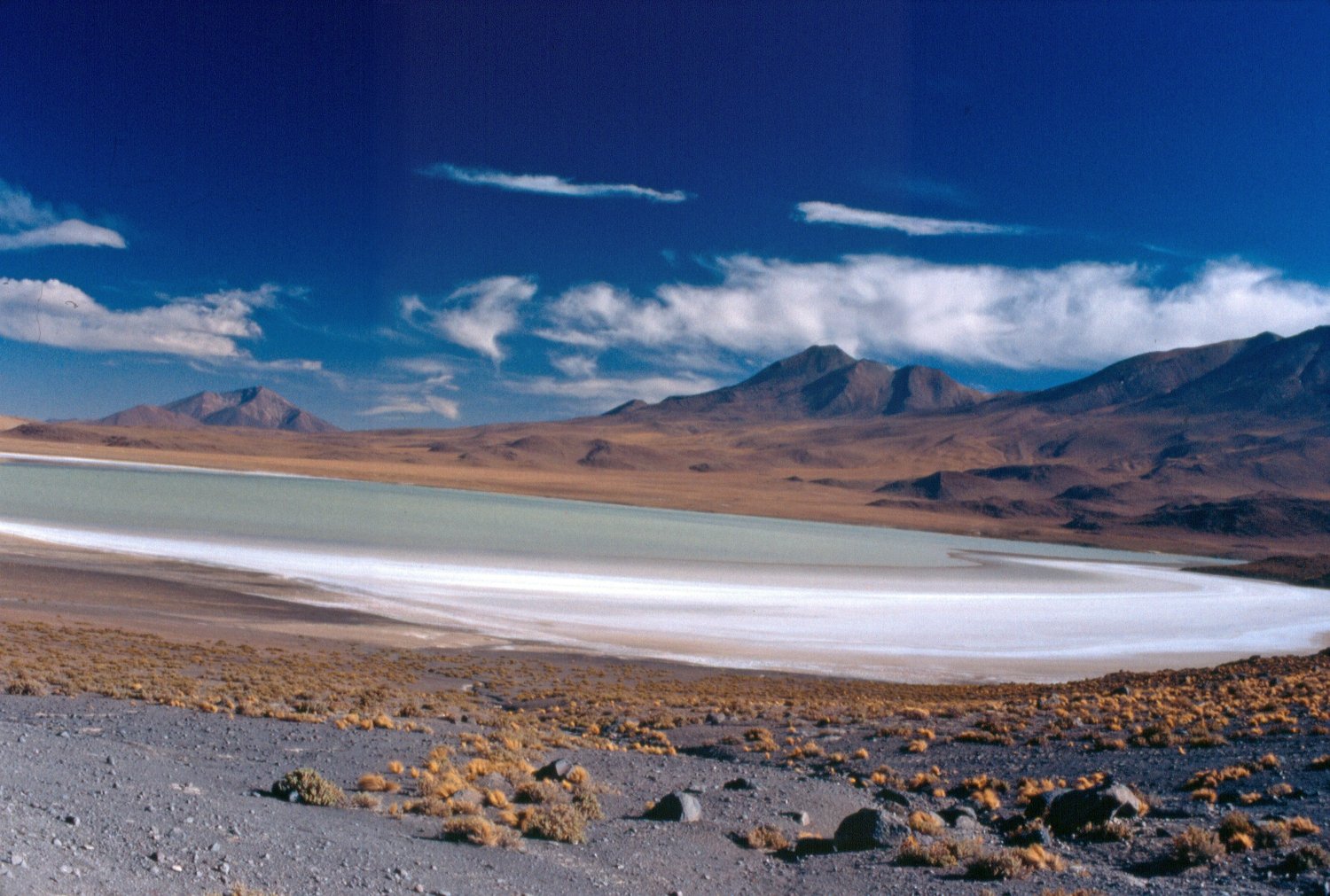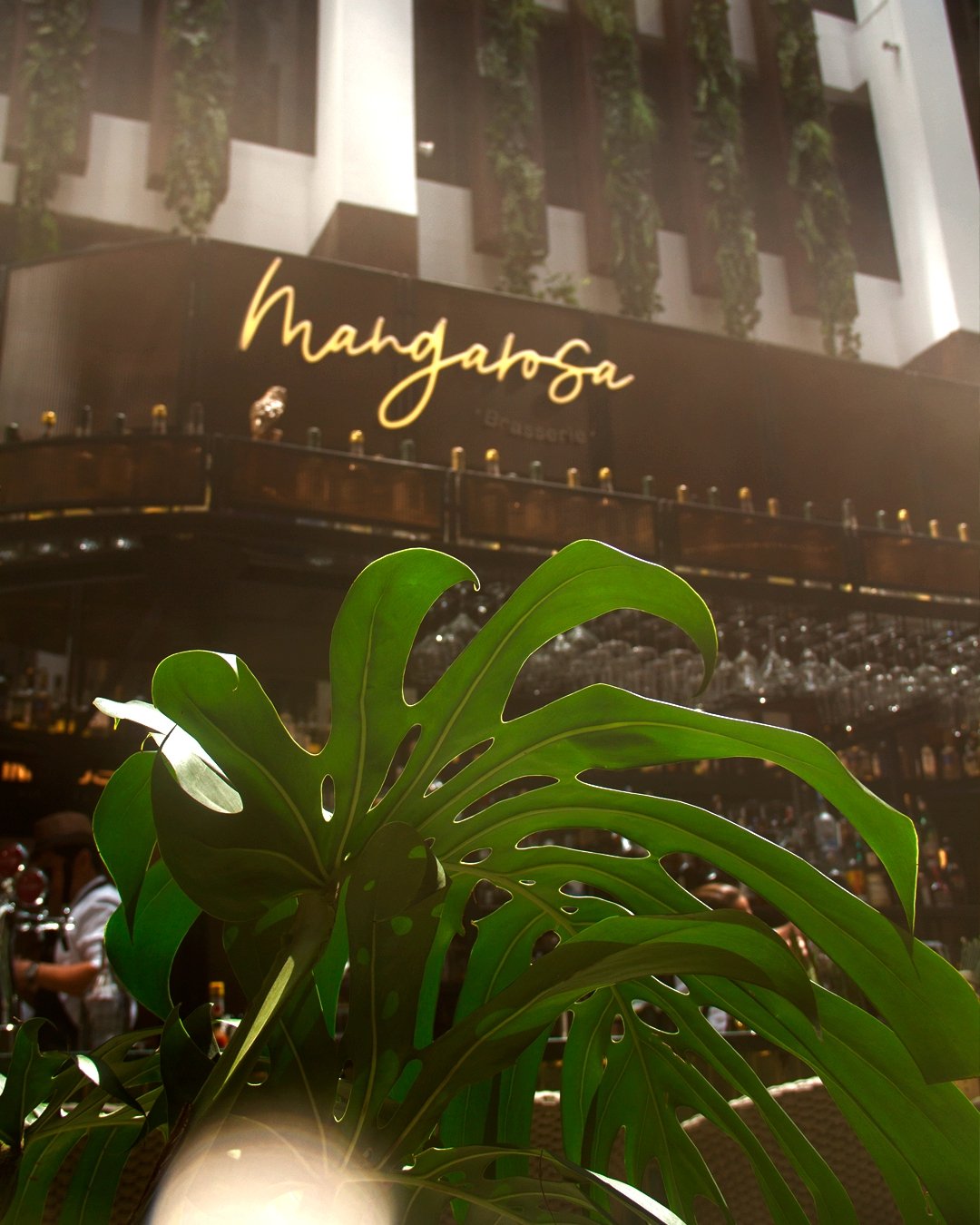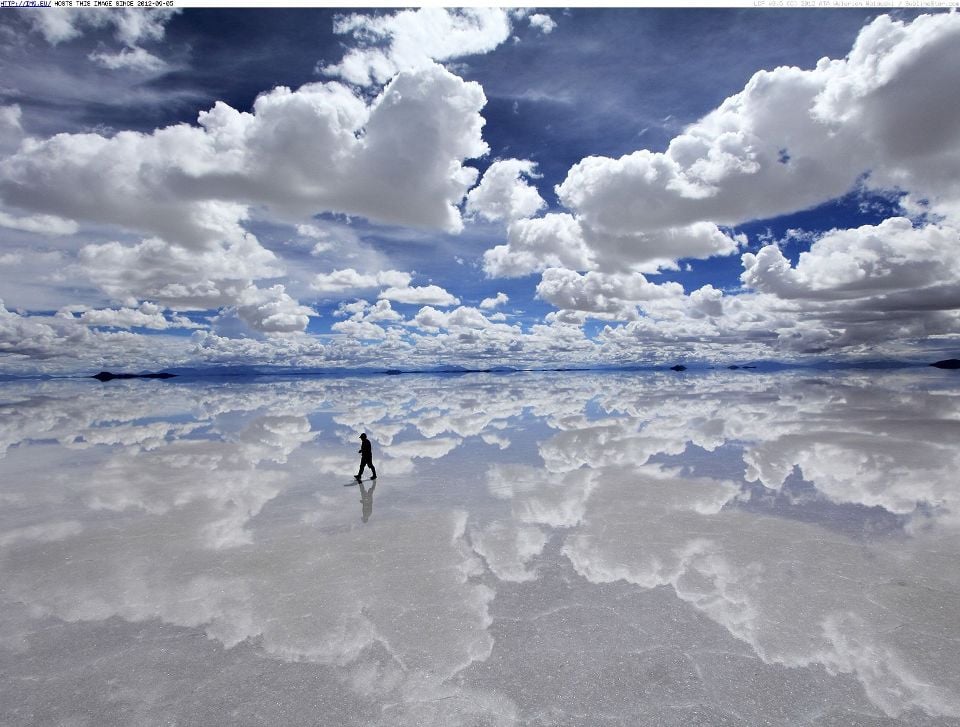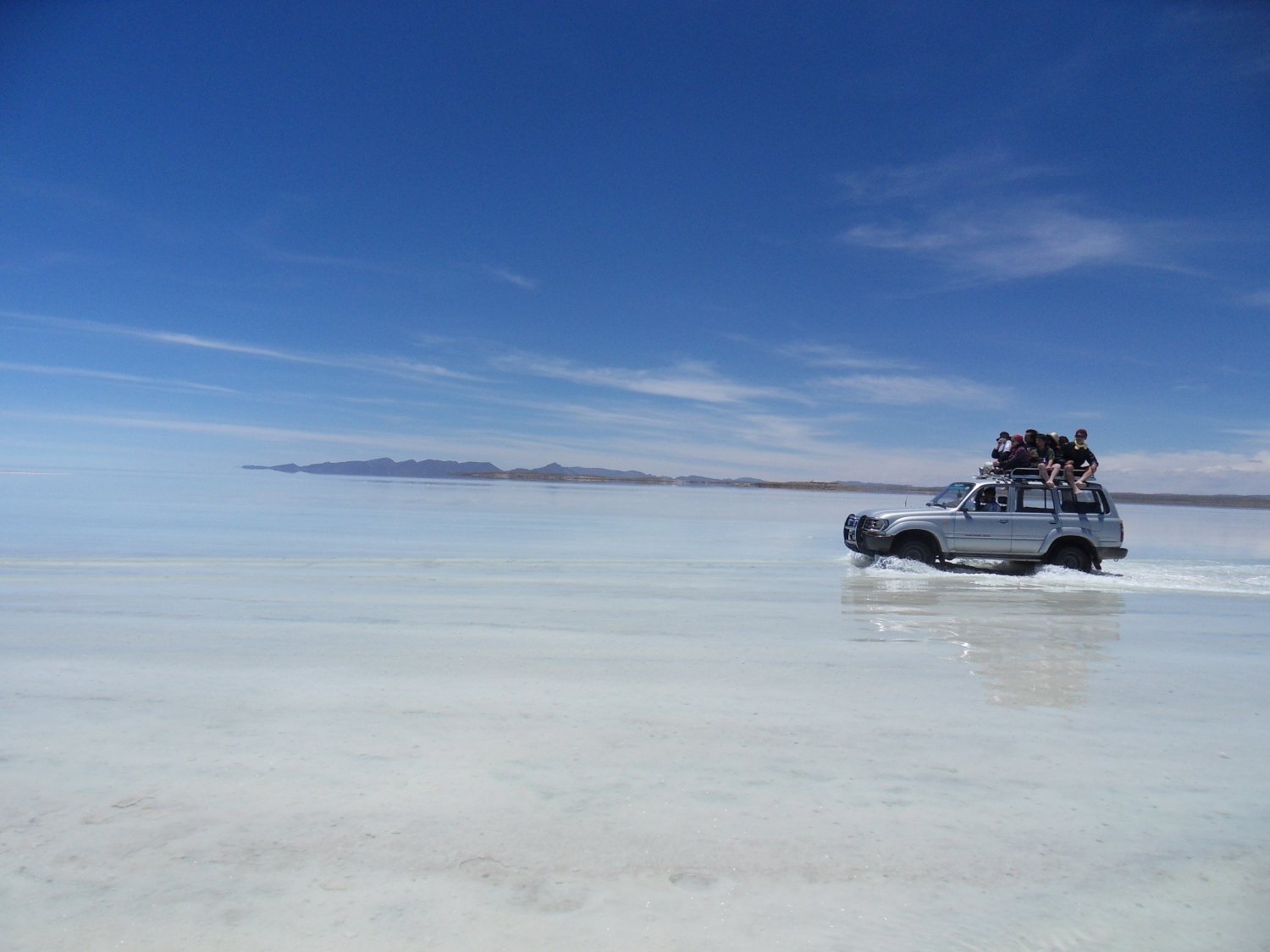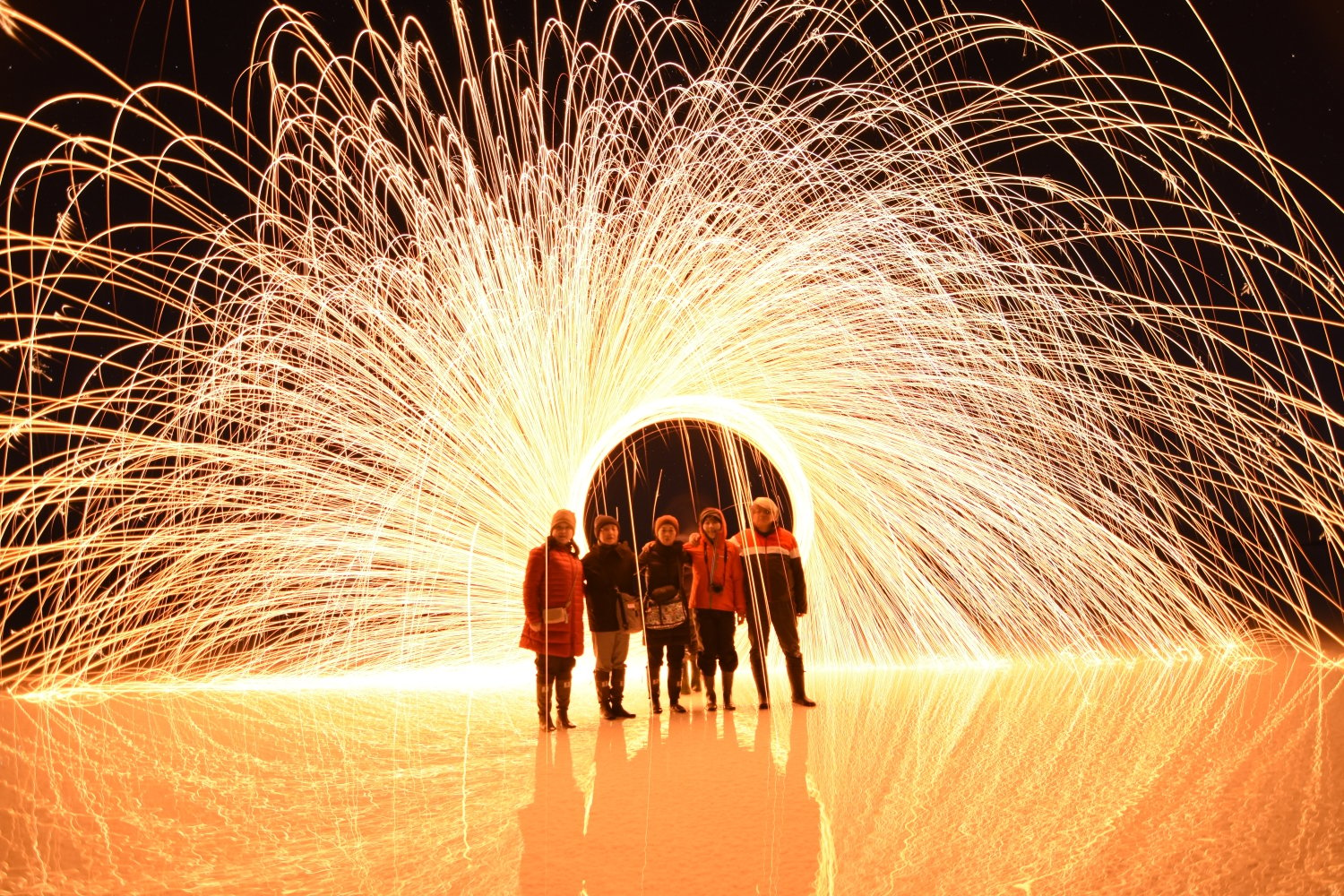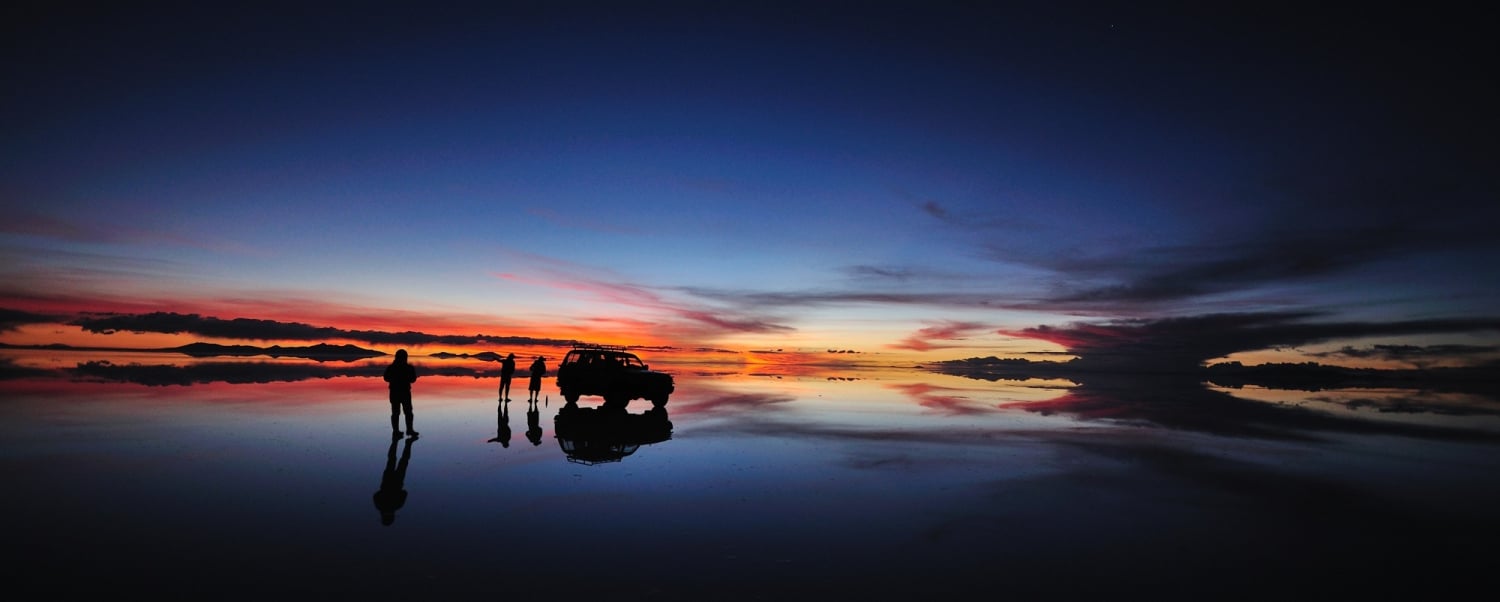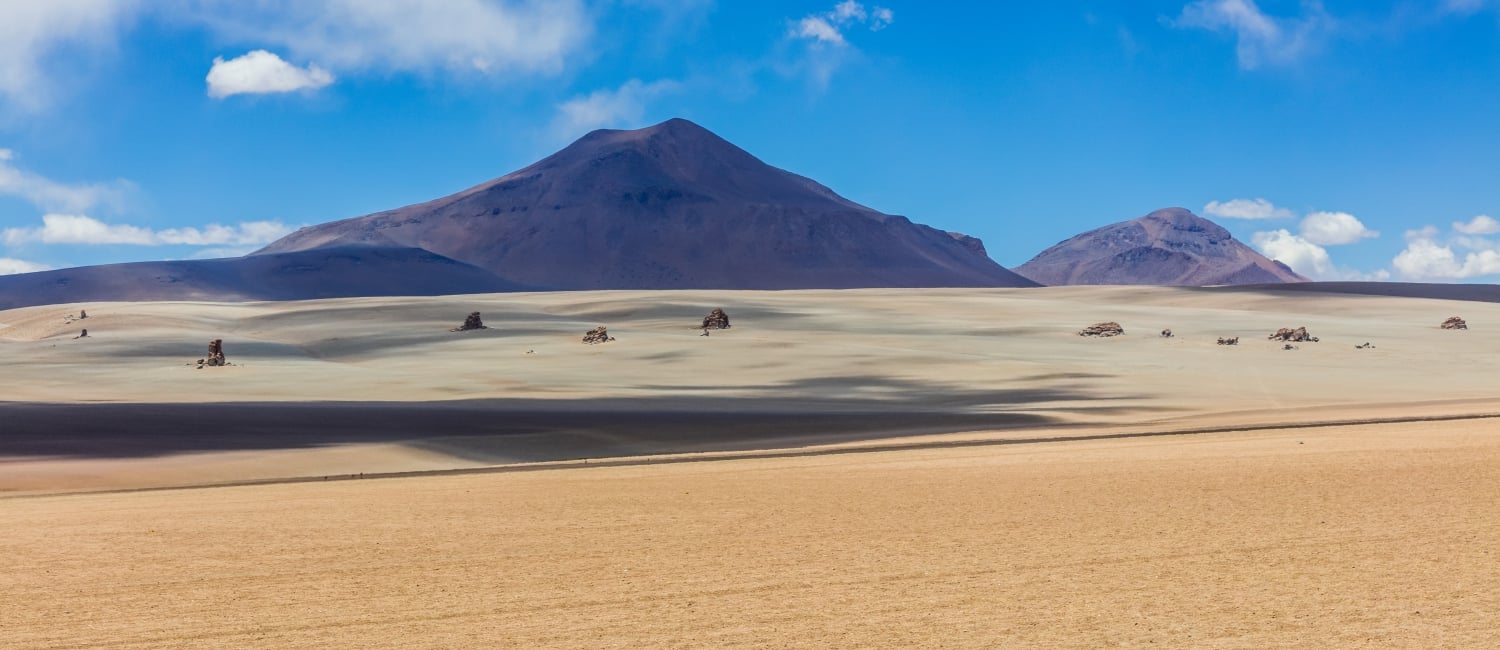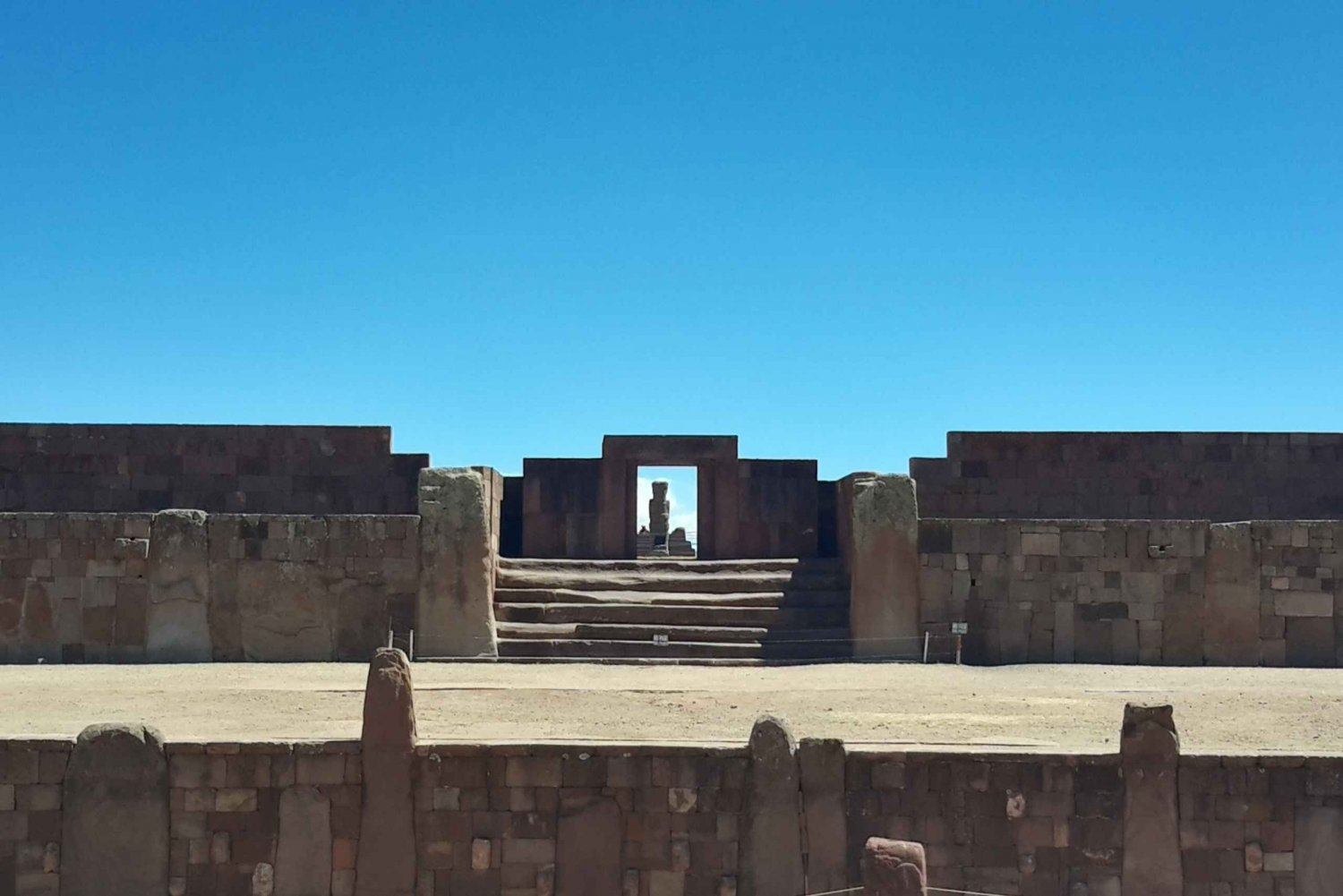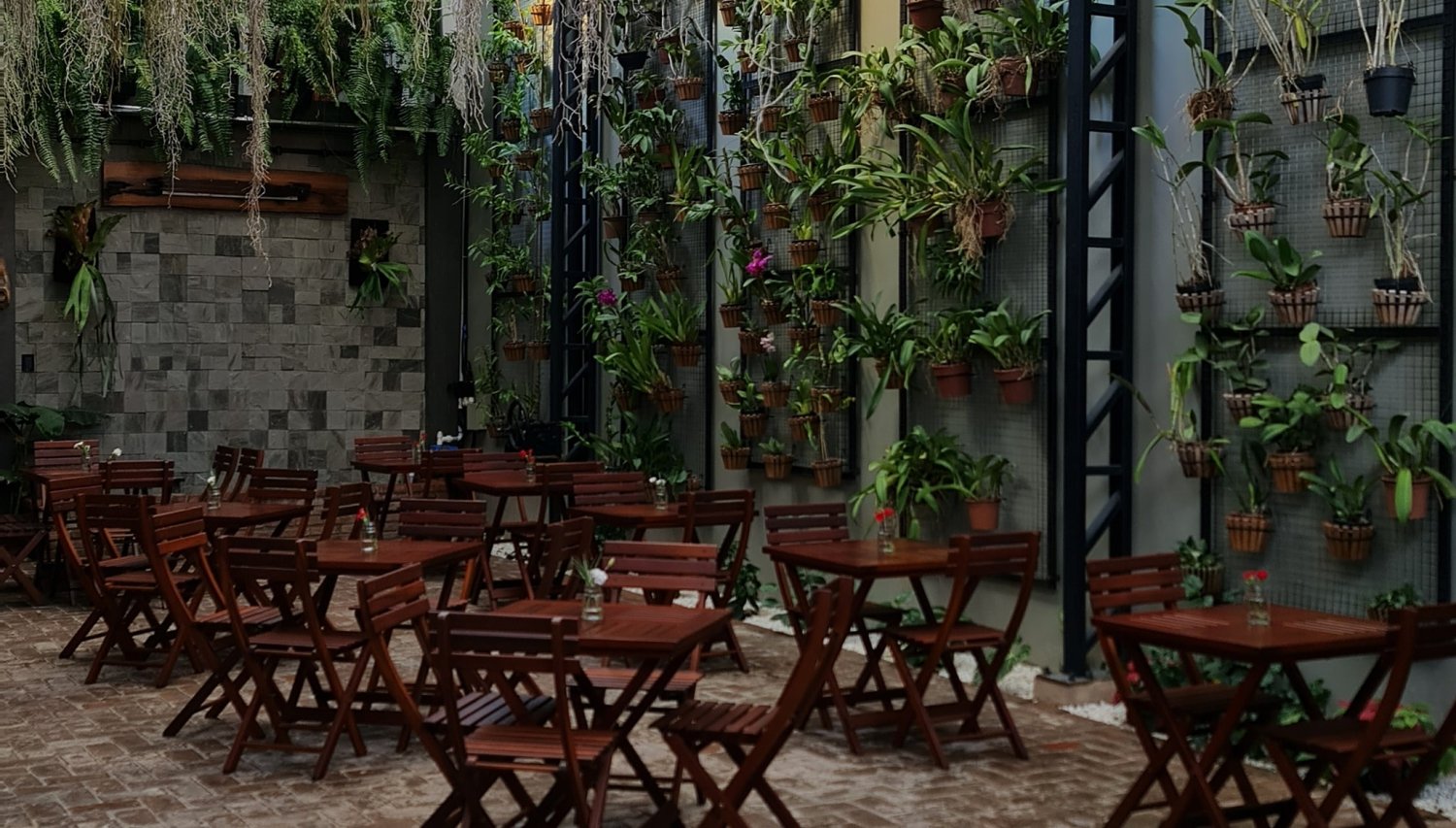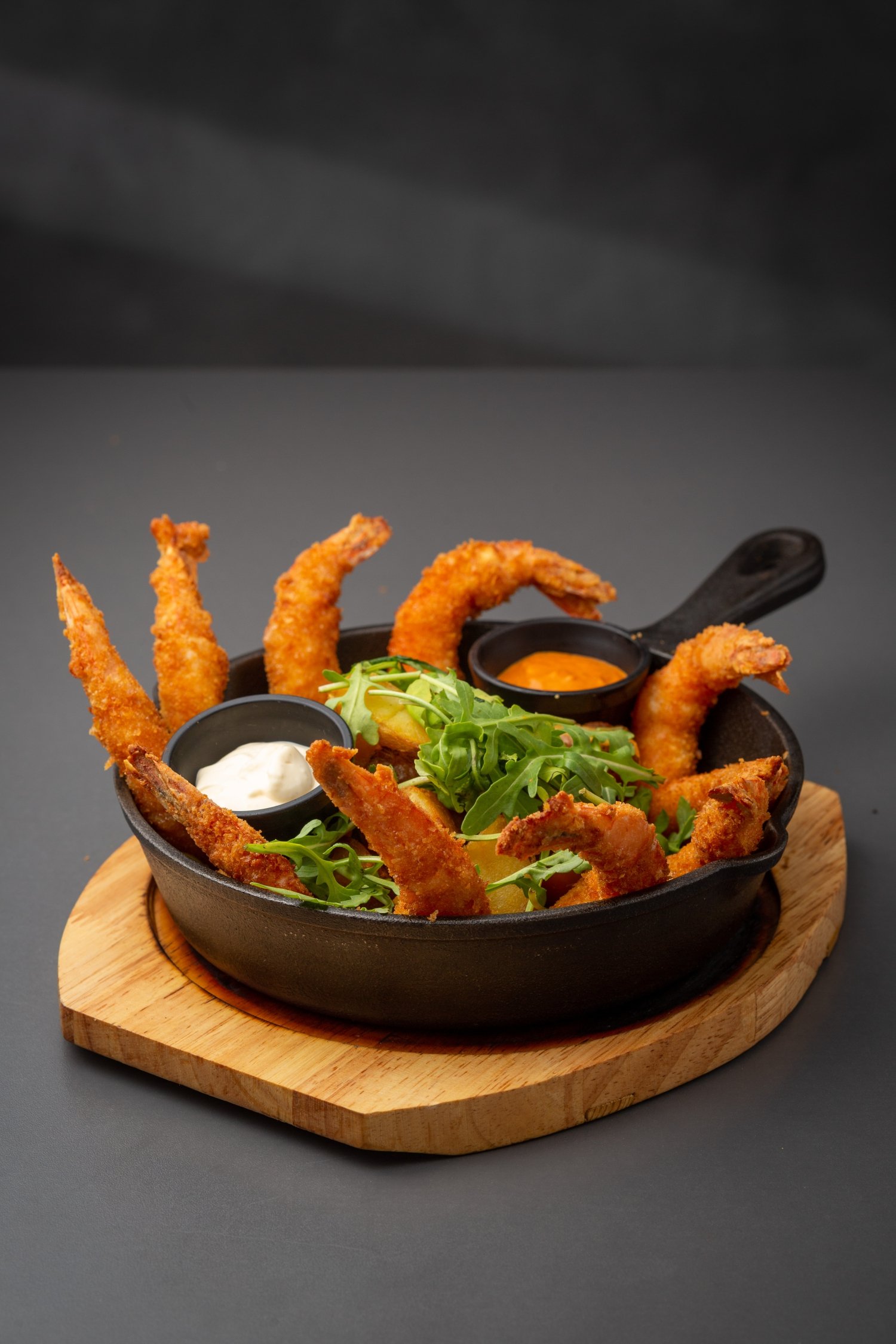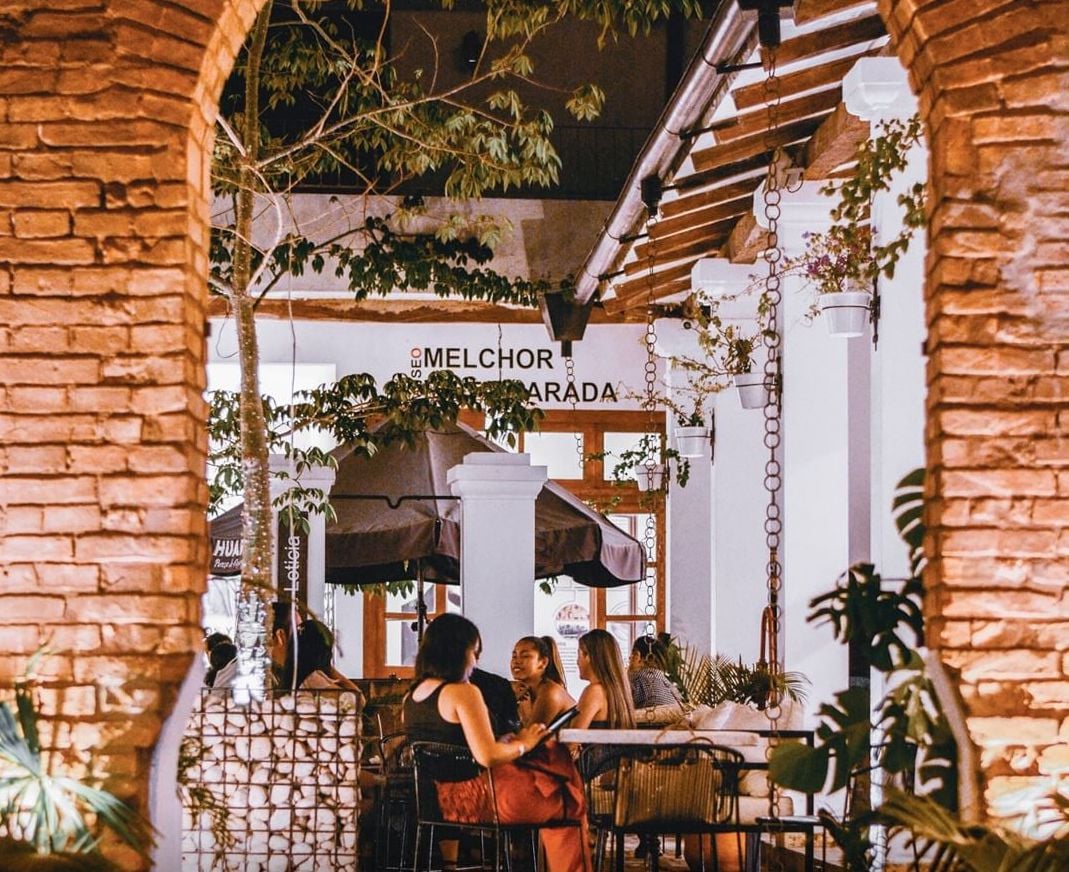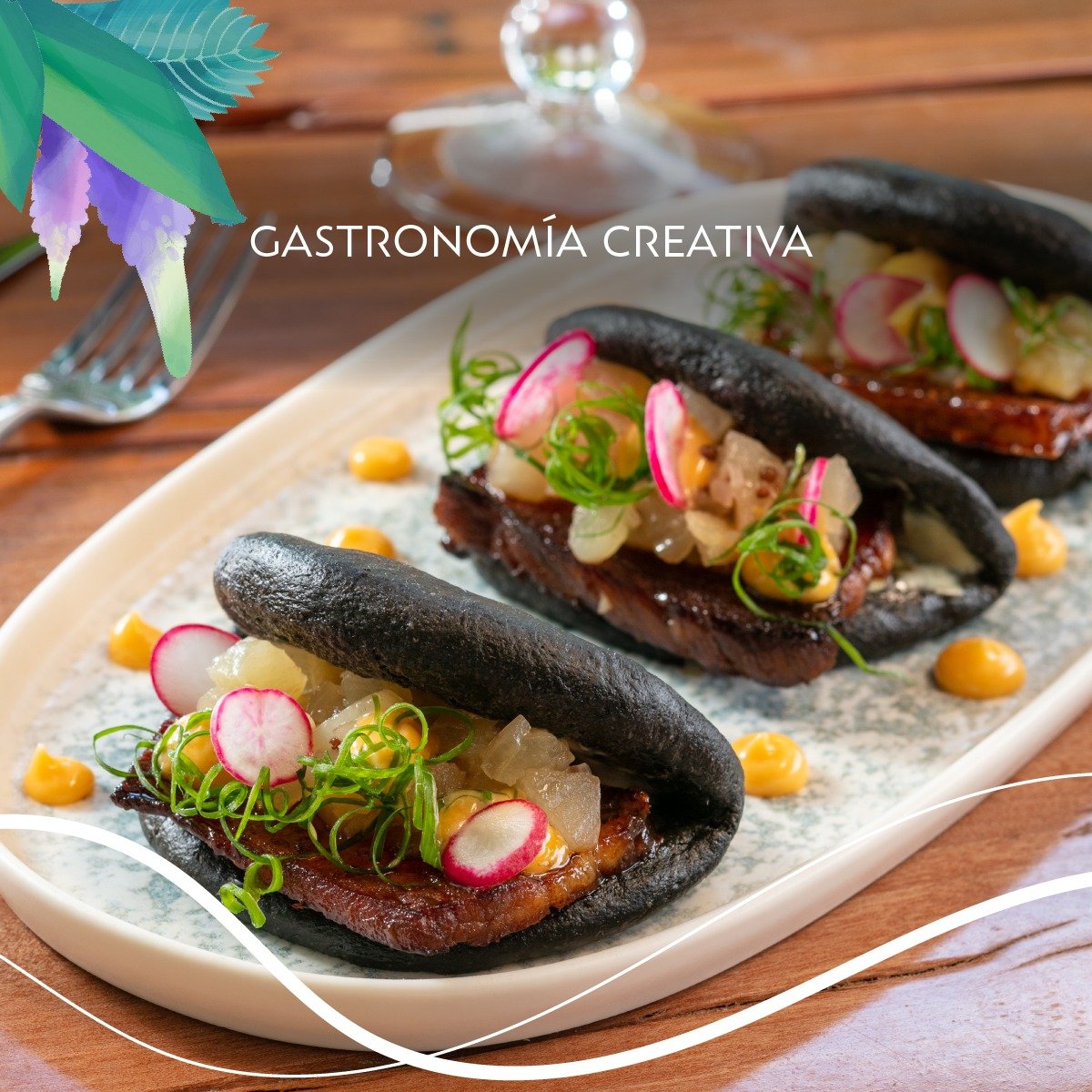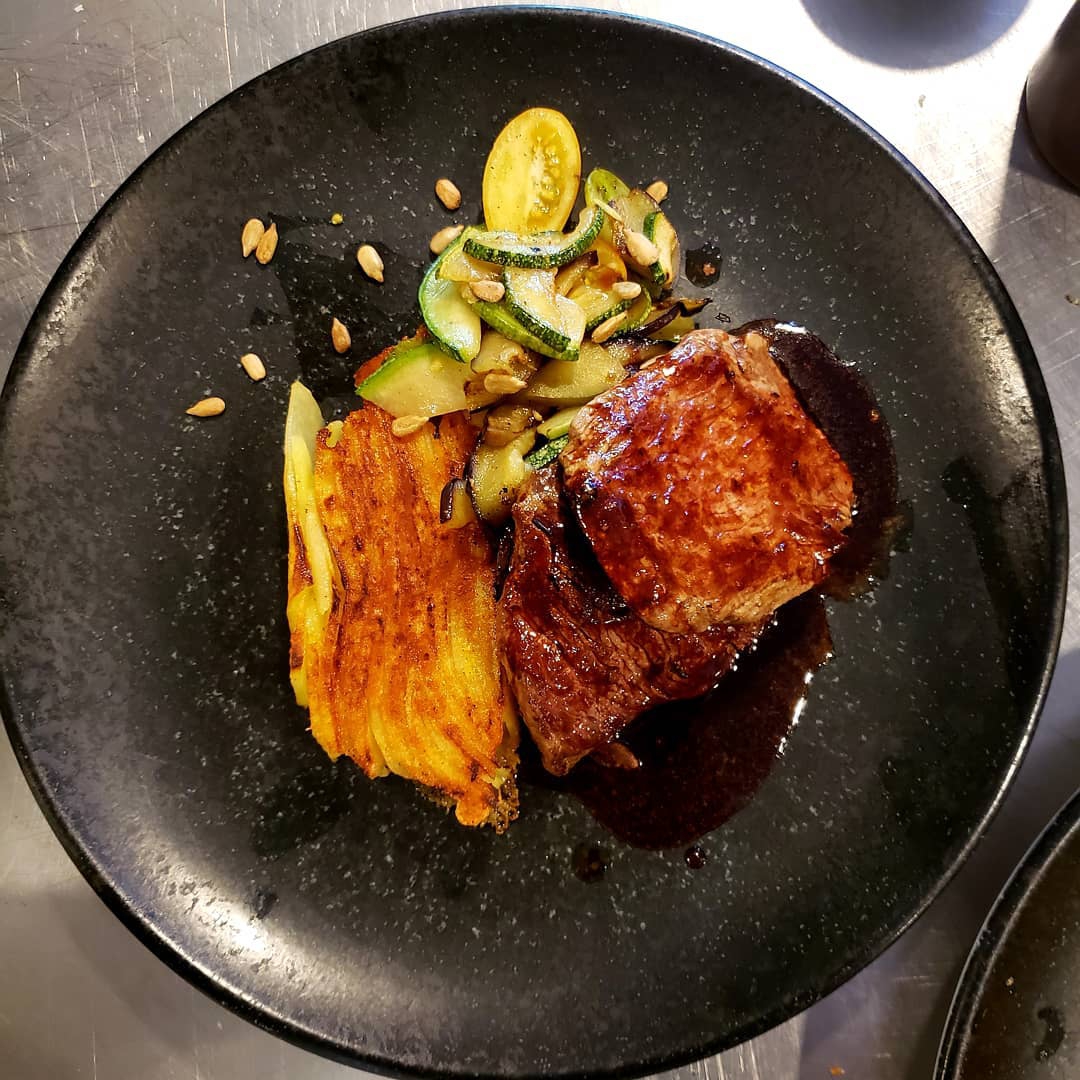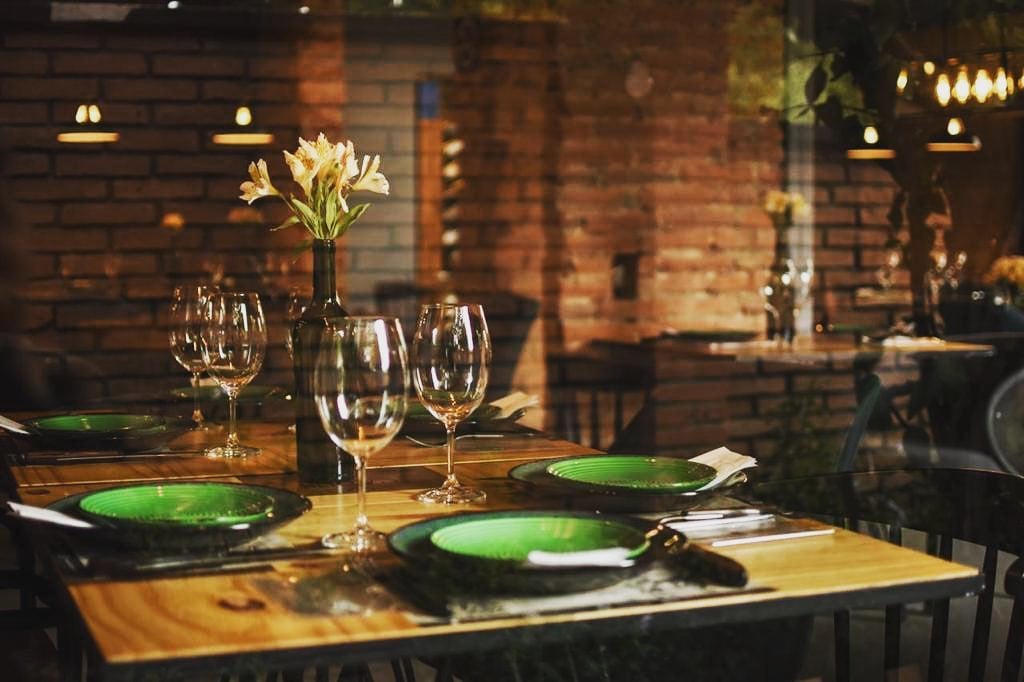Best Places In Bolivia To Visit
Book Top Experiences and Tours in Bolivia:
If youʻre booking your trip to Bolivia last minute, we have you covered. Below are some of the top tours and experiences!- La Paz: Uyuni Salt Flats & San Pedro de Atacama 3-Day Tour
- La Paz: Cable Car, Cemetery, Shaman, and El Alto Tour
- La Paz: Full Day Trip to Copacabana and Isla del Sol
- La Paz and El Alto: Cable Car Rides and Walking Tour
- La Paz: Death Road Guided Mountain Biking Tour with Lunch
- La Paz

La Paz, the administrative capital of Bolivia, is a city unlike any other. It is located at an altitude of over 3,600 meters above sea level, making it one of the highest capital cities in the world. La Paz is a bustling metropolis that is full of life, culture, and history. It is home to several museums, markets, and historic sites, such as the Witches' Market and the San Francisco Church. La Paz is also a good place for explore the Bolivian unique cuisine.
- The Valley Of The Moon
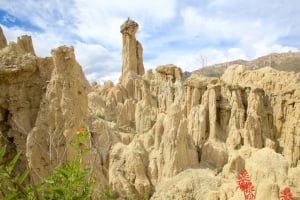
Just outside of La Paz, you’ll find a surreal landscape consisting of a maze of canyons, spires, and other unusual rock formations that look like something out of a science fiction movie. It’s The Valley Of The Moon! Formed over millions of years by erosion and weathering of the soft sedimentary rocks, it offers unique views of natural rock formations like the famous “Stone Tree”, which looks like a giant mushroom. Be sure to bring plenty of water and wear comfortable shoes, as the trails can be steep and rocky.
- Lake Titicaca
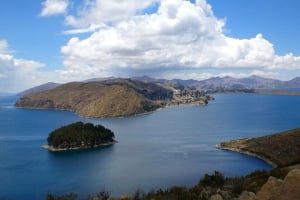
Lake Titicaca, located on the border between Bolivia and Peru, is the largest lake in South America and one of the highest navigable lakes in the world (sitting at an altitude of over 3,800 meters above sea level). In addition to its natural beauty, the lake offers an enriching cultural experience as you can take a boat ride and visit places such as the Uros Islands, which are artificial islands made entirely out of reeds and met the Uros people, who have been living on these islands for centuries and have developed a unique way of life based on the resources provided by the lake. Another popular activity on Lake Titicaca is to visit the Isla del Sol, or Island of the Sun. This island is steeped in Incan mythology and was believed to be the birthplace of the Incan sun god. You can explore the island on foot and see ancient ruins like the Chincana complex and the Temple of the Sun.
- Santa Cruz

Santa Cruz de la Sierra, commonly known as Santa Cruz, is the largest city in Bolivia and the capital of the department of Santa Cruz. Located in the eastern part of the country, it is known for its vibrant culture, booming economy, and beautiful natural surroundings.
Santa Cruz is home to several impressive landmarks and attractions. The Plaza 24 de Septiembre, located in the heart of the city, is a beautiful square surrounded by colonial-style buildings and the city's cathedral. The Güembé Biocenter and Resort is another popular destination, with a butterfly sanctuary, botanical gardens, and swimming pools.
The city is also known for its excellent food, with a range of traditional dishes such as picana, a hearty soup made with beef, corn, and vegetables, and chicha, a fermented corn drink. The Mercado Central, located in the center of the city, is a bustling market where visitors can sample local delicacies and shop for handmade crafts.
- Amboro National Park

Nearby Santa Cruz is Amboro National Park, a protected area located at the meeting point of three distinct ecosystems: the Amazon rainforest, the Andean cloud forest, and the Chaco dry forest.
It boasts an incredible variety of flora and fauna, with over 800 species of birds, 128 species of mammals, and countless species of reptiles, amphibians, and insects. The park is home to towering cliffs, steep canyons, cascading waterfalls, and deep river valleys. Visitors can hike through the lush forests and see a range of wildlife, including monkeys, jaguars, pumas, and tapirs. Visitors to Amboro National Park can explore the park on foot or horseback, and there are several well-marked trails that lead to various points of interest. The park also offers camping and accommodation options for those who want to stay overnight.
- Copacabana

Copacabana is a charming and picturesque town that offers visitors a unique mix of natural beauty, religious significance, and cultural attractions. One of the main attractions in Copacabana is the Basilica of Our Lady of Copacabana, which is a Catholic church that was built in the 16th century. This church is home to a statue of the Virgin Mary that is believed to have miraculous powers, and it is visited by thousands of pilgrims every year. There are also several other churches and chapels in Copacabana that are worth visiting. Aside from its religious significance, Copacabana is also known for its stunning scenery. The town is surrounded by mountains and is located on the shores of Lake Titicaca.
In addition to its natural and religious attractions, Copacabana also has a vibrant culture that is worth experiencing. The town is home to several festivals and celebrations throughout the year, including the Fiesta de la Virgen de Candelaria in February and the Fiesta de la Virgen de la Asunción in August. These festivals are characterized by colorful parades, traditional dances, and lively music.
- Sucre
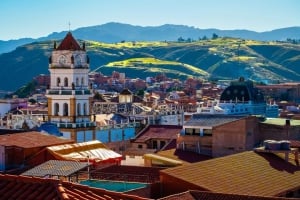
The city is the constitutional capital of Bolivia, and it is located in the department of Chuquisaca.
Today, Sucre is a UNESCO World Heritage Site and is renowned for its stunning colonial architecture. The city's historic center is filled with beautiful buildings and plazas, including the Plaza 25 de Mayo, which is the heart of the city. The plaza is surrounded by important government buildings, such as the Palacio de la Libertad, which was built in the early 19th century and served as the residence of Bolivia's presidents until 1892.
Another notable attraction in Sucre is the Casa de la Libertad, which is a museum and national monument that was the site of Bolivia's declaration of independence in 1825. The museum houses important historical documents and artifacts related to Bolivia's struggle for independence and is a must-visit for anyone interested in the country's history. Sucre is also a center of arts and culture, and the city is home to several museums, galleries, and cultural centers. One of the most notable is the Museo de Arte Indígena, which showcases traditional indigenous art from Bolivia and other countries in South America.
- Uyuni Salt Flats

The Uyuni Salt Flats were formed as a result of the evaporation of ancient lakes that covered the area millions of years ago. Today, the flats are covered by a thick layer of salt that ranges in depth from a few centimeters to several meters. The salt flats are also home to several stunning natural features, including salt pillars, salt mounds, and salt caves.
One of the most iconic features of the Uyuni Salt Flats is the large hexagonal patterns that form on the surface of the salt. These patterns are created by the evaporation of water that is trapped beneath the salt layer, and they create a stunning visual effect that is unlike anything else in the world.
The Uyuni Salt Flats are a popular tourist destination, and visitors can explore the area by foot, car, or even by bicycle. One of the most popular activities in the salt flats is taking photos of the unique landscape, particularly during sunrise or sunset when the colors of the sky and the salt flats create a stunning visual display. Another popular activity is visiting the nearby Isla Incahuasi, which is an island in the middle of the salt flats that is home to giant cacti and provides stunning panoramic views of the surrounding area.
So, these are some of the most intersting places to visit in this beatiful country. Whether you want to delight yourself with amazing natural landscapes, or learn about culture and history, Bolivia is a unique destination that has everything to make your trip an unforgettable adventure.


